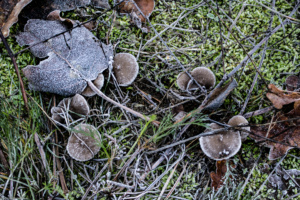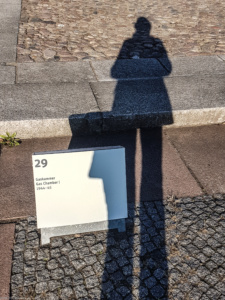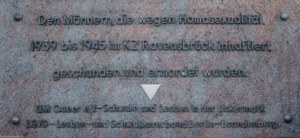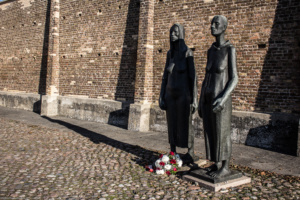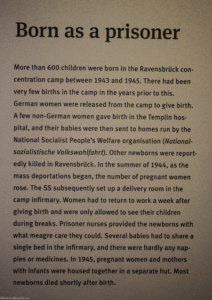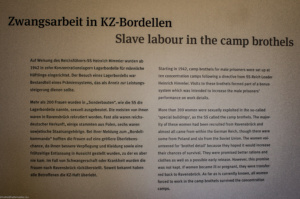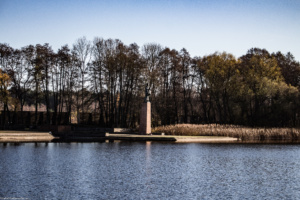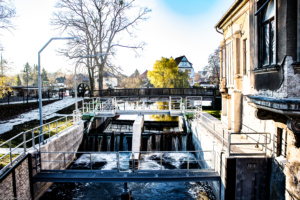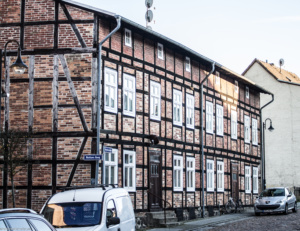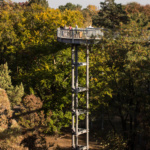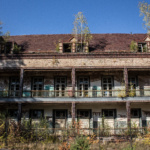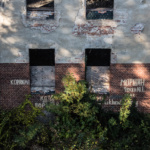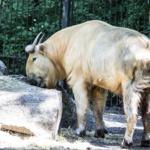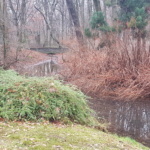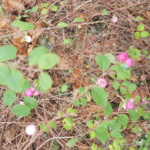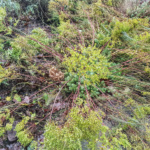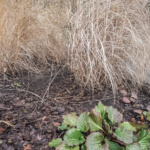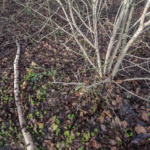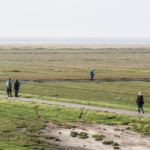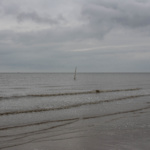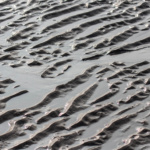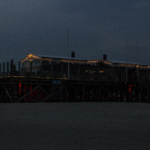- 200 g dried black lentils, thoroughly rinsed, soaked and cooked according to instructions on the package (….. can also be used)
- 3 tblsp ghee or oil
- 3 medium red onions
- 5 large garlic cloves, finely chopped
- 1 tsp ginger, chopped
- 2-3 green chilies, halved lengthwise
- 1 tsp ground turmeric
- 4 black cardamom pods
- 1 cinnamon stick
- 2 tsp cumin seeds, freshly ground
- 2 tsp coriander seeds, freshly ground
- 2 tblsp tomato puree
- 1 tin tomatoes
Sizzle the onions, garlic and ginger in the ghee or oil till the onions turn translucent and start to brown only slightly. Add the chilies and the spices and cook for another five minutes. Add the tomato puree, stir. Then add the cooked lentils, mix well, and add the tinned tomatoes. Simmer for a while to let the flavours blend.

